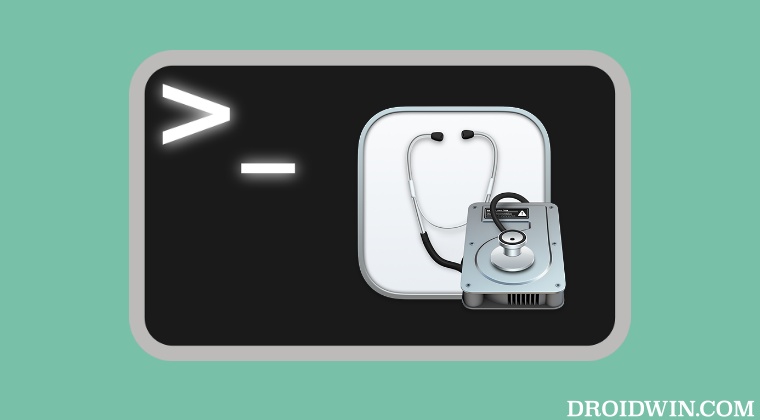However, in some instances, the Disk Utility might not display the drive that you wish to mount/unmount. So in such cases, your best bet is to take the help of the command line to get this job done. And in this guide, we will show you how to do just that. So without further ado, let’s get started with the steps to mount/unmount any disk drive using Terminal on your Mac.
How to Mount a Drive using Terminal on Mac
How to Unmount a Drive using Terminal on Mac
Unmount and Remount Drive on Mac using a Single Command
You could also combine both the mount and unmount commands into a single one, using the below command syntax. Make sure to replace the identifier accordingly That’s it. These were the steps to mount/unmount any disk drive using Terminal on your Mac. If you have any queries concerning the aforementioned steps, do let us know in the comments. We will get back to you with a solution at the earliest.
How to Launch Terminal in Current Folder on MacHow to Clear and Rebuild Icon Cache on MacFix Mac Spotlight Search not working on VenturaHow to Fix Font Issues in Mac [5 Methods]
About Chief Editor




